
New Study Reveals Natural Solutions Can Reduce Global Warming
Restoring the United States’ lands and coastal wetlands could have a much bigger role in reducing global warming than previously thought, according to the most comprehensive national assessment to date of how greenhouse gas emissions can be reduced and stored in forests, farmland, grasslands and wetlands.
The peer-reviewed study in Science Advances from The Nature Conservancy and 21 institutional partners found that nature’s contribution could equal 21% of the nation’s current net annual emissions, by adjusting 21 natural management practices to increase carbon storage and avoid greenhouse emissions. The study is the first to include the climate benefits of coastal wetlands and grasslands in a comprehensive mix along with forests and agriculture.
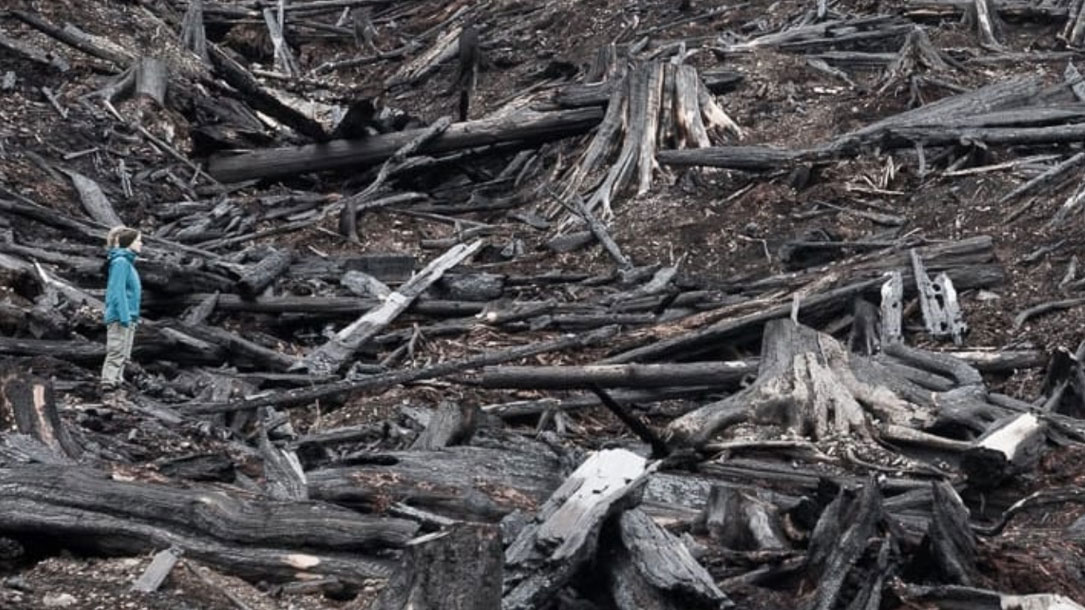
A Sierra Club BC Report On The Future Of Forests In British Columbia
“In our latest report, we’ve found that ending clearcutting of forests is as important for B.C. climate action as phasing out fossil fuels.
Areas clearcut across B.C. between 2005 and 2017 total 3.6 million hectares, a combined area larger than Vancouver Island. These areas are “sequestration dead zones”: clearcut lands that release more carbon than they absorb…”
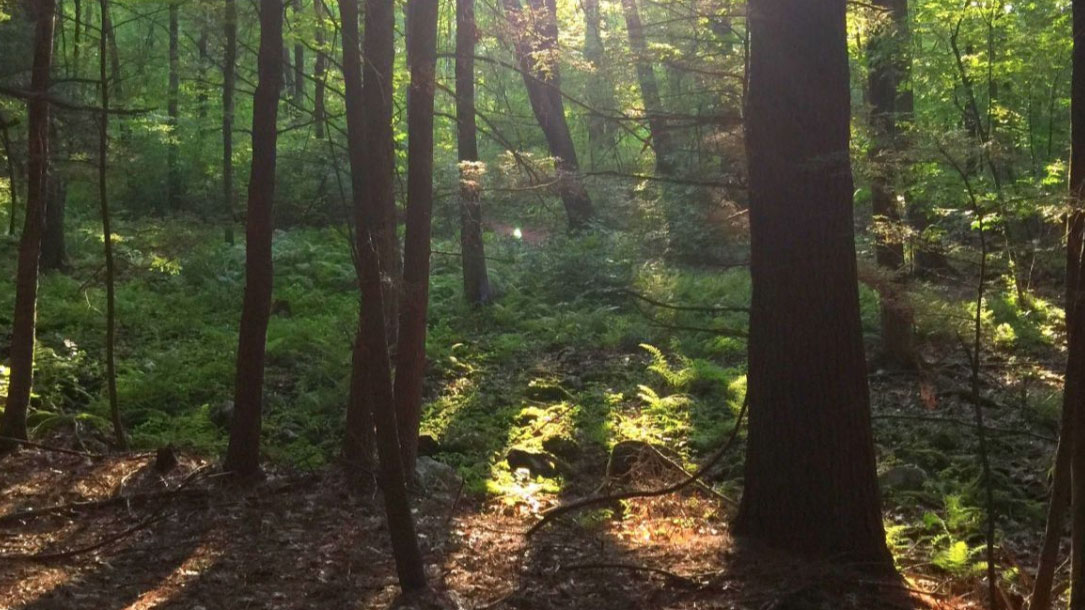
Clear-cut forests are ‘dead zones,’ emitting more greenhouse gases than fossil fuels, report finds
The clear-cutting of B.C.’s forests is contributing more to greenhouse gases than the burning of fossil fuels, according to a new report from the Sierra Club of B.C.
The report found that 3.6 million hectares of old-growth and second-growth forests were clear-cut in the province between 2005 and 2017—creating “dead zones” that, combined, are larger than Vancouver Island…
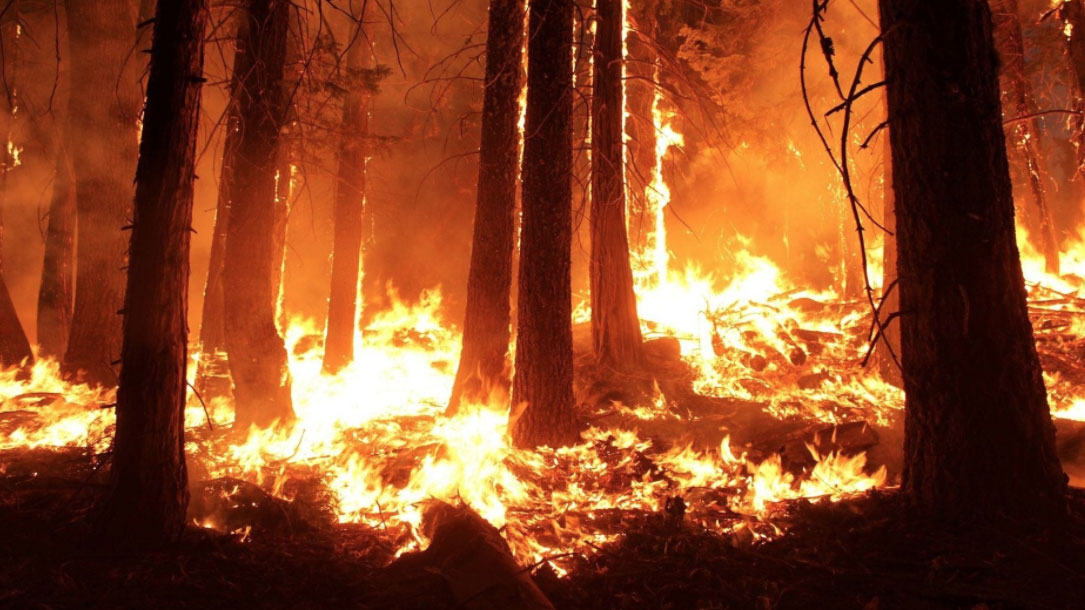
How climate change influenced Australia’s unprecedented fires
Despite widespread conspiracy theories about the bushfires, emerging science continues to find links between global warming and worsening wildfires, with the issue a focus of continuing investigation. As climate scientist Kevin Trenberth explained in a recent interview with videographer Peter Sinclair, global warming directly intensifies wildfires by drying out soil and vegetation, creating more fuel to burn farther and faster. That’s particularly a problem in drought-prone regions like Australia and California…

Grasslands More Reliable Carbon Sink Than Trees
“Forests have long served as a critical carbon sink, consuming about a quarter of the carbon dioxide pollution produced by humans worldwide. But decades of fire suppression, warming temperatures and drought have increased wildfire risks — turning California’s forests from carbon sinks to carbon sources.
A study from the University of California, Davis, found that grasslands and rangelands are more resilient carbon sinks than forests in 21st century California. As such, the study indicates they should be given opportunities in the state’s cap-and-and trade market, which is designed to reduce California’s greenhouse gas emissions to 40 percent below 1990 levels by 2030…”

Researchers find some forests crucial for climate change mitigation, biodiversity
A study by Oregon State University researchers has identified forests in the western United States that should be preserved for their potential to mitigate climate change through carbon sequestration, as well as to enhance biodiversity.
Those forests are mainly along the Pacific coast and in the Cascade Range, with pockets of them in the northern Rocky Mountains as well. Not logging those forests would be the carbon dioxide equivalent of halting eight years’ worth of fossil fuel burning in the western lower 48, the scientists found, noting that making land stewardship a higher societal priority is crucial for altering climate change trajectory.
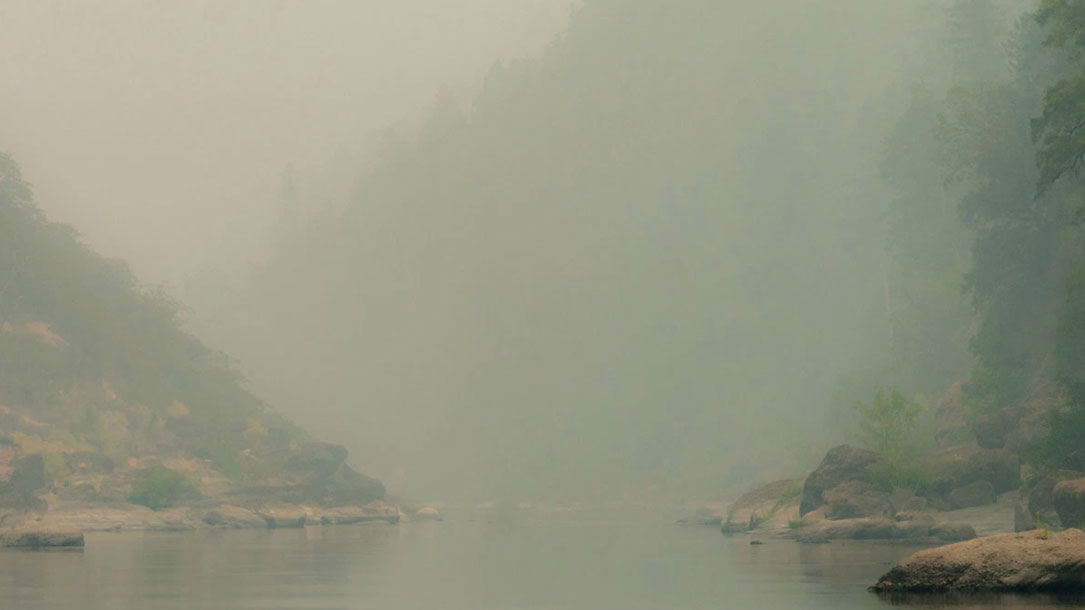
Tourism organizations reckon with wildfire
“A warmer and drier climate is expected to make wildfires worse, raising tough questions for regional marketers promoting the outdoors. Stretching from the northern edge of Crater Lake National Park to the Pacific Ocean, the 215-mile Rogue River serves as the lifeblood of the southern Oregon tourist economy, reliant on whitewater rafters, hikers and anglers each summer.
Brad Niva purchased Rogue Wilderness Adventures in 2006 and grew the company’s presence in that tourist economy, offering rafting, hiking and fishing trips on the river. At the height of the busy season each summer, Niva oversaw a staff of more than 100…”
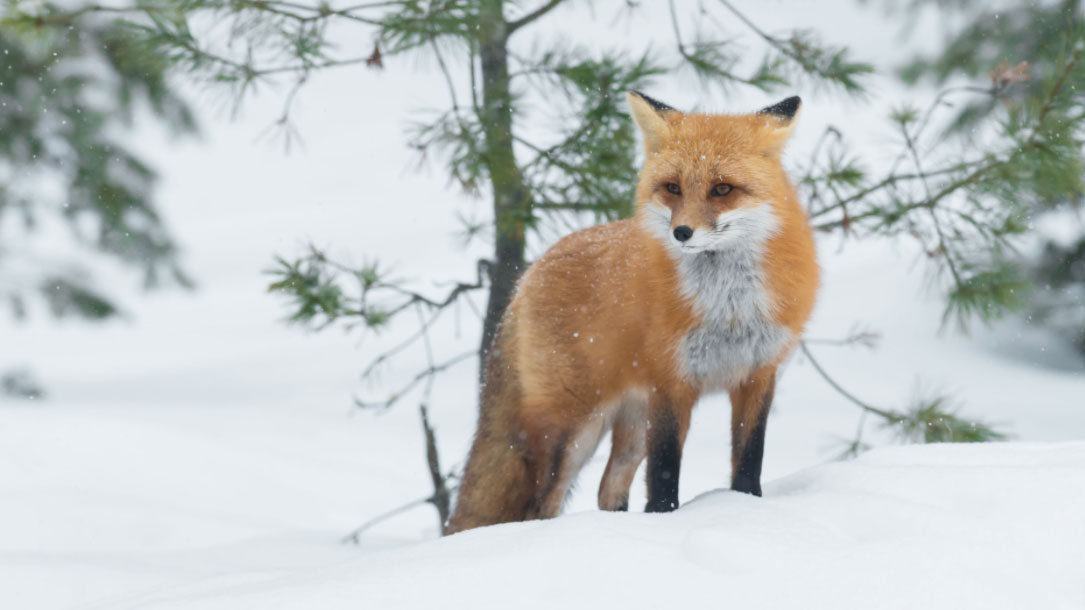
Letter to a young climate activist on the first day of the new decade
Climate chaos is the worst thing human beings have brought upon themselves and the earth, and we are just beginning to see its impact, in heartbreaking phenomena from melting ice to starving whales to burning forests. If you’re sad, you’re not alone.
If you’re scared, you’re not alone. Those of you who are young have every reason to be furious that you were handed a world entering into an era of catastrophe and disruption. You did nothing to make this mess and most of us who are older didn’t do enough to avert it during the last 30 years that we have known we should act, the last 15 when we had the renewable-energy technology to leave the age of fossil fuel behind.
I would never question the rightness of that fury, but I am going to go after despair, hopelessness, and powerlessness. And maybe your fury pointed in the right direction is a treasure: a non-fossil fuel, a clean-burning fire, a passion to do what we need to do. Fury can fight for all that is still with us and all that is worth protecting. And there is so much that is worth protecting…

Thanks to climate change and wetter weather, forest soils are absorbing less methane
Forests can remove methane from the atmosphere through the activity of soil bacteria. But increasing precipitation—a symptom of climate change—is making it harder for forest soils to trap greenhouse gases, creating a feedback loop that exacerbates global warming.
So reports a new study, published in the Proceedings of the National Academy of Sciences, which concludes that forest soils have been overestimated as methane sinks…
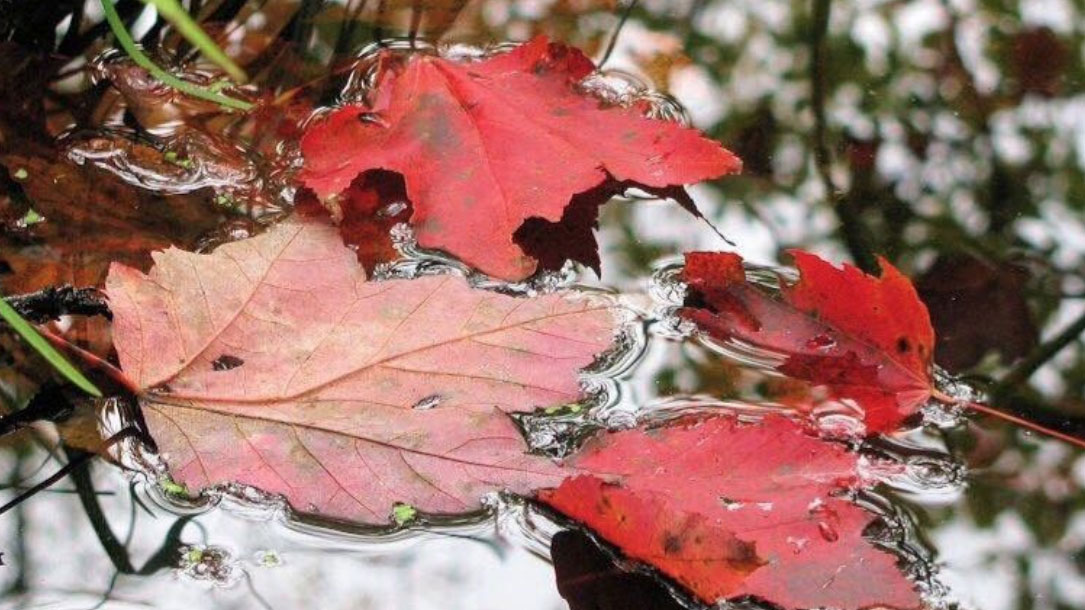
Climate change could double greenhouse gas emissions from freshwater lakes
Every drop of fresh water contains thousands of different organic molecules that have previously gone unnoticed. By measuring the diversity of these molecules and how they interact with the environment around them, research has revealed an invisible world that affects the functioning of freshwater ecosystems and can contribute to greenhouse gas emissions…












